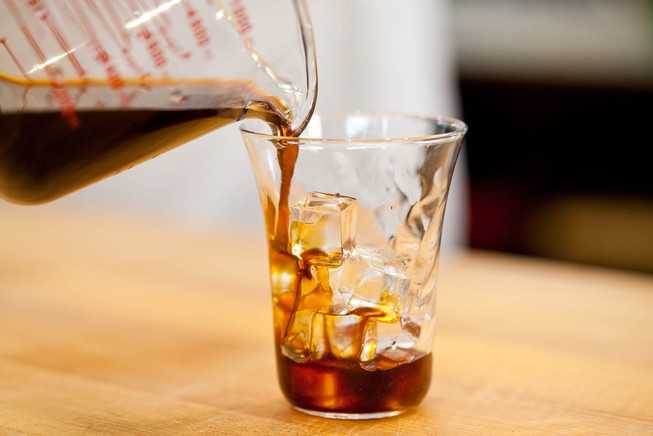By Ian Anderson*
This year, the National Coffee Association held its annual convention at the Hotel Del Coronado. The March 17-19 event drew hundreds of coffee industry execs to network, market roasting and packaging equipment, and attend talks from the likes of former RNC Chairman Michael Steele and decorated former Navy Seal Jason Redman.
The NCA also delivered reports on consumer trends and the overall economic impact of the coffee industry in 2015. That number was set at $225.3 billion nationwide, including direct coffee industry sales and indirect spending by employees of the coffee industry. That compares to $253 billion total impact of beer and $156 billion for bottled water.
Coffee accounted for 1.3% of the total 2015 GDP — $17.9 trillion. Coffee employed over 940,000 people at $21.7 billion in wages. It was additionally credited with creating another 760,000 jobs downstream, contributing to an overall $28 billion in tax receipts.
This stemmed from $74.2 billion in consumer spending, which represented 5.3% of total food and beverage retail at $1.4 trillion. So five cents of every food and drink dollar spent by consumers went to coffee, 84% of that at the service level.
Trend analysts reported that daily consumption of espresso-based beverages has nearly tripled since 2008, leading an overall growth of gourmet coffee sales in that timespan from 24% to 31% of total coffee consumption, a number that’s held steady the past several years. That number includes the nearly three dozen mostly gourmet coffee roasters operating in San Diego. The remaining 69% incorporates most packaged coffee on grocery shelves, coffee sold at convenience stores, fast food restaurants, and most donut shops.
Millennials are driving gourmet coffee growth, with more than twice as many under-40 consumers buying in that category compared to 2008. Meanwhile, Baby Boomers and other over-60 consumers drink more coffee on the whole.
That would include single-cup brewing systems. Ownership of the automated systems that make individual portions of coffee using a disposable K-Cup, has quadrupled in the past five years. Currently, 28% of coffee drinkers report using single cup brewers, up from only 9% in 2011. In that time, use of traditional drip brewers has fallen from 70% to only 50%.
Single-cup brewers have come under fire for the huge amounts of pollution they produce, with an Atlantic article last year reporting that enough tiny plastic K-Cups were used in 2014 to circle the planet more than ten times over. The NCA reports ownership of such machines have doubled since 2014.
A couple of packaging companies present on the convention’s trade-show floor aimed to remedy this issue, marketing 97-100% biodegradable K-Cups and other coffee packaging. Another exhibitor offered a chemical solution promising to help retain the flavor of brewed coffee sitting on heaters.
Though the commodity scale of the NCA participants offered little of value to San Diego’s community of microroasters, a rep for Unic espresso machines lauded the growth of the local market, and made a point of offering local coffee to demonstrate his products.
















